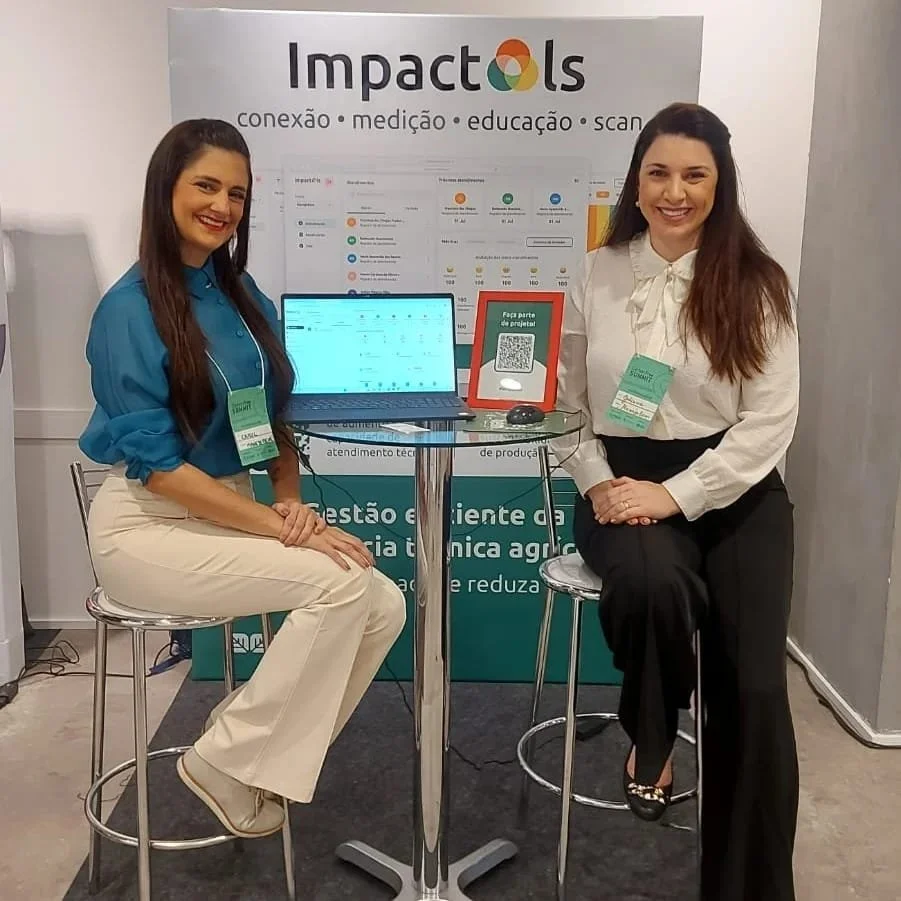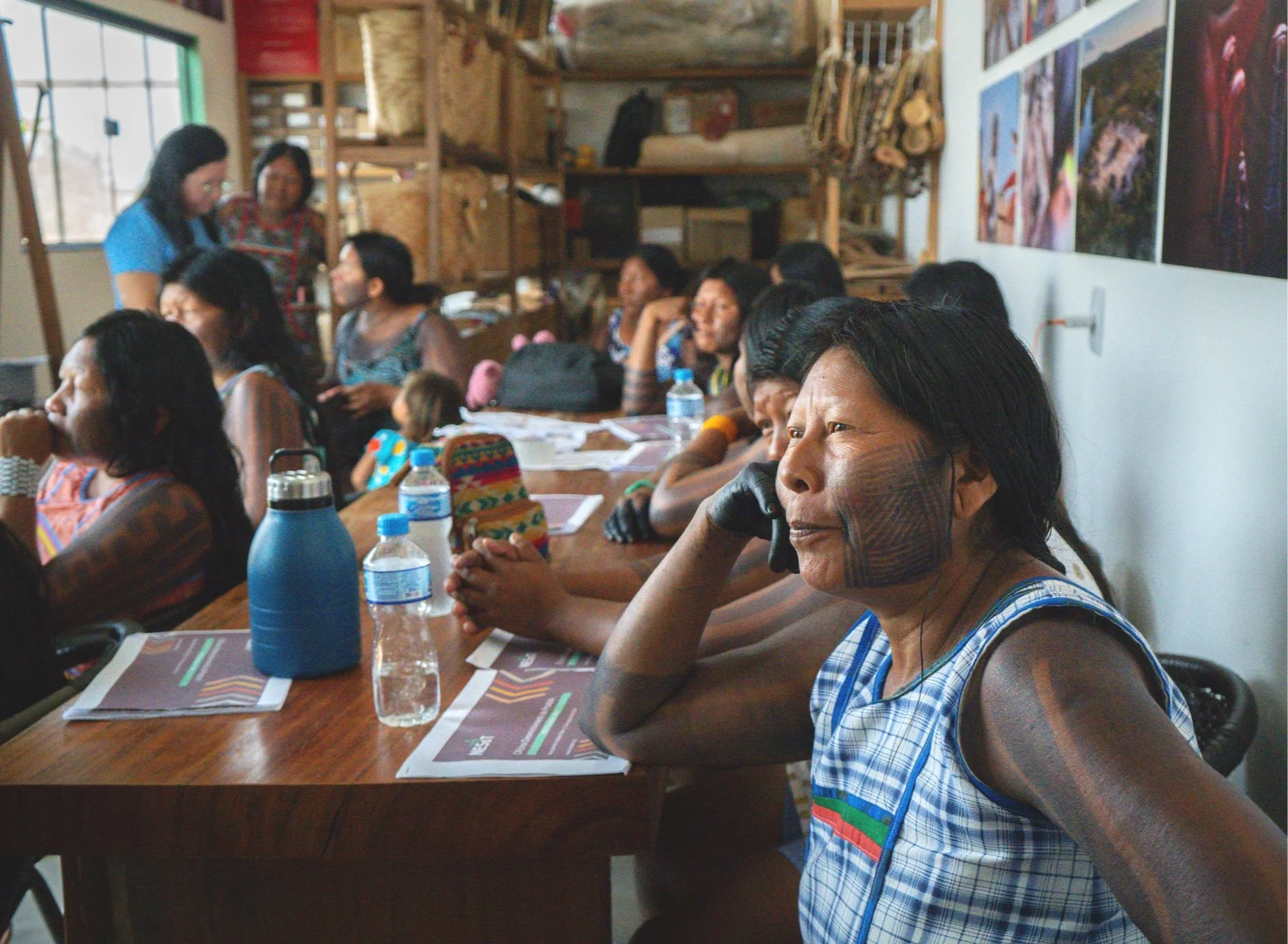Although they represent less than 5% of the world’s population, Indigenous Peoples manage about one quarter of the Earth’s surface, spanning 38 million km² across 87 countries. This includes ecosystems of high ecological value and also overlaps with roughly 40% of the planet’s protected areas and intact landscapes.
Studies consistently show that mapping these territories, recognizing territorial rights, and supporting traditional institutions are critical to delivering global biodiversity and climate commitments.
Despite their crucial role in protecting biodiversity, Indigenous and local communities remain largely underrepresented in global decision-making spaces. Their exclusion is not accidental: it is rooted in historical, linguistic, financial, and political barriers that limit the participation of those who live in and care for these territories.
Since 2022, NESsT, in partnership with the Mott Foundation, has worked to help remove these barriers and connect territorial realities with global political and financial debates. As a result, forest peoples and socio-bioeconomy entrepreneurs are increasingly present in national and international forums, where they elevate ancestral knowledge and community-led solutions — core pillars of a sustainable and regenerative future. Despite this, there’s still a lot of work to be done.
“We believe there can be no just ecological transition without the voices of those who have cared for the land for centuries. Our role is to ensure that these communities are not only at the center of the solutions, but also at the tables where decisions are made.”
From COP16 to the Amazon: Strengthening the Voice of the Forest
In 2024, during the COP16 on Biodiversity held in Cali, Colombia — the first major global meeting since the adoption of the Kunming-Montreal Global Biodiversity Framework — countries assessed progress toward global targets such as conserving 30% of terrestrial and marine areas by 2030 and mobilizing financial resources. The conference marked a groundbreaking step in the formal inclusion of Indigenous Peoples and local communities in decision-making processes, officially recognizing their central role in environmental conservation.
Photo: NESsT team members, and Ricardo and José from Agrosolidaria and Painu (respectively) at COP16, Cali, Colombia
It was in this context that two enterprises led by community entrepreneurs in Colombia, Agrosolidaria and Painu, brought to the global debate real examples of sustainable development led by local actors. NESsT’s role supported the process by helping connect these entrepreneurs with international debates and by offering logistical and strategic backing that enabled their participation and dialogue with global institutions in high-level panels.
“Taking part in international spaces such as Latimpacto, COP16, or the market exploration in Sweden has been both a personal growth experience and an opportunity to broaden my perspective of the world.”
Bioeconomy Amazon Summit 2025: the Real Amazon and the Center of Decisions
In July 2025, the Bioeconomy Amazon Summit (BAS) in Manaus brought together more than two thousand participants — including forest leaders, investors, entrepreneurs, and policymakers — to discuss concrete pathways toward a sustainable development model for the Amazon. As an institutional partner and program co-curator, NESsT helped ensure that community-based enterprises were at the center of these conversations.
This curated agenda prioritized diverse voices and the active participation of community-based enterprises. Through this shared effort, enterprises such as ASSOAB, CooperSapó, ManejeBem, Maré de Sabores, and Plantus were able to showcase their products and solutions on panels and at the business fair. The impact went beyond visibility: entrepreneurs built new commercial partnerships, broadened their networks, and strengthened long-term alliances.
“NESsT’s support was essential for our experience to be recognized and for showing how the bioeconomy is already happening in the daily lives of Amazonian communities.”
From Beneficiaries to Protagonists
Community-based enterprises across the Amazon are shaping solutions, managing resources, and leading change in their territories.
NESsT’s role is to reinforce these existing capacities by connecting entrepreneurs with investors, training opportunities, and platforms where their voices can be heard.
Recent initiatives led by NESsT have also supported entrepreneurs in strengthening their financial management, marketing, and access to credit. The effects are visible in portfolio enterprises such as CooperSapó and ManejeBem, which have expanded their operations and reached new markets.
As Juliane Lemos Blainski, CEO of ManejeBem, shares:
“NESsT’s investment with flexible repayment conditions is very helpful for strengthening ManejeBem’s solution. The know-how of the NESsT team in impact measurement provides us with a unique opportunity to improve our reports and generate more and more positive impact.”
“From the due diligence phase, even before ventures formally join our portfolio, we conduct horizontal conversations to understand the social contexts and, together with the Investment Committee, shape the impact thesis that guides our support. We value a holistic view of traditional forest management, balancing quantitative metrics with the real stories that emerge from the territories.”
Impact Minds 2025: Rethinking Impact Investment
During Impact Minds: Collective Makers 2025, hosted by Latimpacto, we joined partners, investors, and community leaders in discussing how impact investment can be rethought to place communities and local entrepreneurs at the center of decision-making.
“We still approach communities from the top down, with a colonial mindset that assumes we have the solutions and they have the problems. Once we understand that we are the ones who need to learn, change will happen naturally and permanently.”
These words reflect a broader shift happening within our work and among our partners: bringing principles of regeneration and ancestral knowledge into investment and acceleration strategies. In practice, this means supporting approaches that restore ecosystems, strengthen community networks, and follow the rhythms and governance of the territory.
Learnings and Paths Forward
Participation in spaces such as FIINSA, F2IBAM, the Pan Amazon Network Forum, and BAS 2025 has reinforced a central insight: the involvement of local communities is not symbolic—it is a pathway to systemic transformation. The territories themselves hold the most consistent and durable solutions for aligning economy, climate, and equity.
Leaders supported through our programs and initiatives — such as Ngrenharati Xikrin, Keivan Hamoud, and Ricardo Calderón — are engaging actively in policy and investment discussions, bringing perspectives that reflect their realities. In these spaces, they have shared concrete proposals that help shape policies and investments aligned with Amazonian realities.
“When people talk about the Amazon, they often show aerial photos, large rivers, and green canopies. But beneath those trees live us — the communities that care for the forest and build alternatives to conserve it. Sharing this reality is a way to remind the world that it shares the responsibility of creating opportunities that allow these communities to continue living in and protecting their territories.”
A Continuous Compromise
Our commitment to the inclusion of Indigenous Peoples, the strengthening of communities, and patient investment in sustainable enterprises remains a long-term priority. Connecting territories and decisions is more than a goal — it is an ongoing practice toward building a truly regenerative economy, one where those who live in and protect the forest are at the heart of the solutions.
“We work consistently to influence financial, political, and impact ecosystems, contributing to the democratization of debates around development and bioeconomy financing. By supporting the participation of community leaders in key decision-making arenas, we reinforce that the socio-bioeconomy is a sustainable, community-driven, and participatory alternative in the face of the climate crisis.”
This blog is part of a series exploring the insights, key themes, and approaches that drive NESsT’s publication ‘Unlocking the Potential of the Global Financing Ecosystem to Invest in a Sustainable Bioeconomy in the Amazon from the Perspective of Local Communities’. Informed by Amazonian voices and conversations with the global financing community, the report identifies nine recommendations across two key areas for impact-focused public and private investors to improve the targeting, efficacy, and efficiency of their funding to the Amazon bioeconomy. Through this ten-part series, we aim to bring these opportunities into broader conversations and diverse discussion spaces, amplifying the reach of Amazonian communities and their voices, experiences, and solutions.












